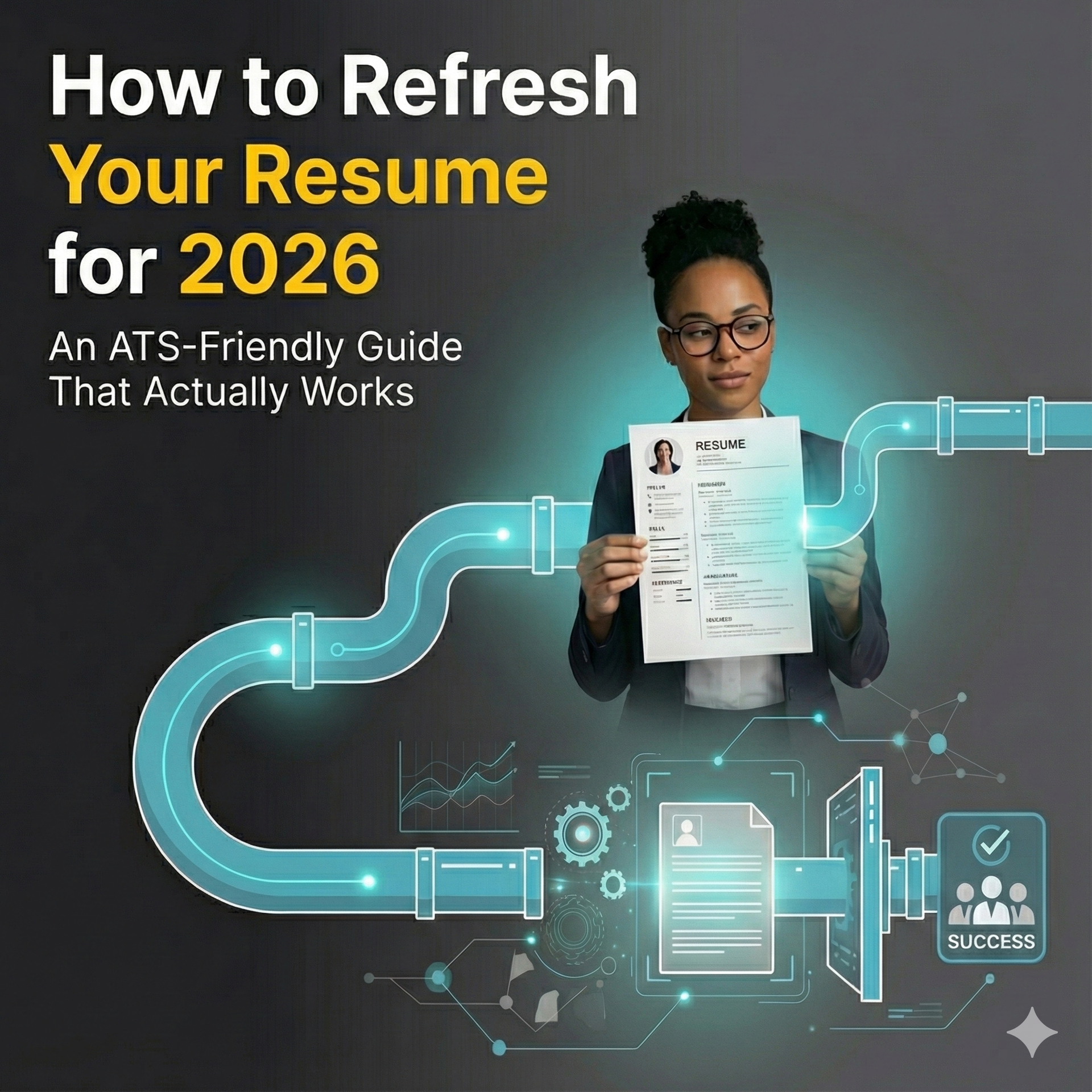Employer Behavior & Ghosting: Healing the Hiring Disconnect
Employer Ghosting: Bridging the Hiring Gap with Empathy

Ghosting in recruitment—when employers suddenly cut all communication—has become alarmingly common. Whether it’s after an application, interview, or even near the end of the process, candidates are left in the dark, creating deep frustration and mistrust.
🔍 Why Employers Ghost—and Why It Hurts
- High volume overload: Recruiters drowning in hundreds of applicants may simply not reply.
- Changing priorities: Hiring needs shift quickly and quietly, leaving candidates stranded when roles are canceled .
- Avoiding awkward rejections: Silence is often seen as easier than delivering disappointing news.
This silence is more than rude—it wrecks candidate morale, damages reputations, and spawns negative employer branding. A Hatch poll across Australia revealed an astonishing 80% of job hunters faced ghosting in around 75% of applications—leaving many feeling “frustrated,” “on edge,” and distrustful of employers hrgrapevine.com.
🤝 What Candidates and Employers Lose
- Emotional fallout: Candidates feel devalued, disrespected, and may doubt their own abilities linkedin.com.
- Opportunity cost: Employers waste time, effort, and money on stalled processes—and risk losing top talent to more responsive competitors nypost.com.
- Brand damage: Poor communication leads to bad reviews on platforms like LinkedIn, Glassdoor, and industry forums.
And it’s not one-way: some candidates ghost employers too—34% of Gen Z admit to not showing up after accepting a job, a trend known as “career catfishing."
✅ How to Stop Ghosting for Good
- Set expectations clearly
- Share timelines and realistic next steps—even if delays occur.
- Clearly state if a role is filled or canceled.
- Communicate—always
- Send rejection messages, even brief ones.
- Quick check-ins cost little—but go a long way halpinservices.comaxios.com.
- Streamline the process
- Avoid unnecessary interview rounds.
- Use scheduling tools—but follow with personal confirmation.
- Monitor responsiveness
- Use hiring platforms like Greenhouse or LinkedIn to display transparent response rates and hold teams accountable.
- Train hiring teams
- Encourage empathy, feedback, and prompt communication.
- Make ghosting a reputational no-no internally.
🌟 In Real Practice
- Personalized rejection emails: Simple “we’ve moved on” messages help maintain candidate respect.
- Status-update nudges: Even saying “Application under review” shows respect and keeps candidates in the loop.
- Transparent KPIs: Teams set response goals and report metrics—reinforcing accountability and trust.
🗣️ Q&A
💬 Q: Why do employers ghost candidates?
A: Often due to overwhelmed hiring teams, shifting priorities, or avoiding tough rejection conversations. Still, ghosting damages trust and reputation.
💬 Q: What are the consequences of ghosting?
A: Candidates feel disrespected and may avoid the company, and employers lose valuable time, talent, and brand credibility.
💬 Q: How can companies avoid ghosting?
A: Set clear timelines, communicate status updates, send even brief rejection notices, and use platforms that track responsiveness.
💬 Q: Do candidates ghost employers too?
A: Yes—about 34% of Gen Z admit they’ve accepted offers and no-showed, often out of frustration with slow, impersonal hiring processes reddit.com.
👥 Where Sedona Staffing Stands Apart
While ghosting has unfortunately become normalized in the hiring process, Sedona Staffing refuses to accept that as the standard.
We’ve built our reputation on clear, respectful communication with every applicant—because we know the impact silence can have. Our commitment to candidate experience means:
✅ Responsiveness is a priority: Over 90% of new applicants hear from a recruiter within 48 hours of applying.
✅ Transparency is routine: We share hiring timelines, follow up—even when there’s no immediate update—and always close the loop.
✅ Empathy is expected: Our recruiters are trained to handle communication with care, whether it’s a job offer or a respectful rejection.
We believe that every candidate interaction reflects back on the employer—and on us. That’s why we’ve invested in systems and people who prioritize human connection and accountability.
If your organization is tired of broken processes that alienate talent, consider partnering with a team that treats candidates the way you’d want to be treated.
Sedona Staffing: Communication-first hiring. Relationship-driven results.
📢 Final Takeaway
Ghosting doesn’t just hurt individuals—it undermines entire hiring ecosystems. Both sides—candidates and employers—lose. The fix is simple: treat every interaction as the start of a relationship. Clear expectations, respectful communication, and genuine handling build stronger talent pipelines and healthier reputations.




